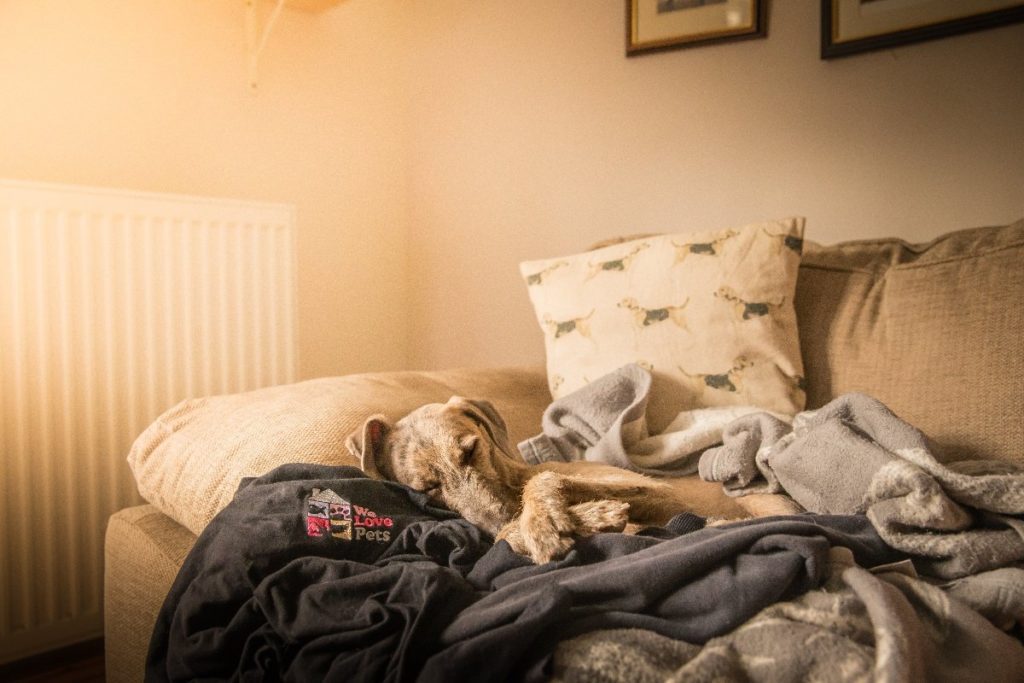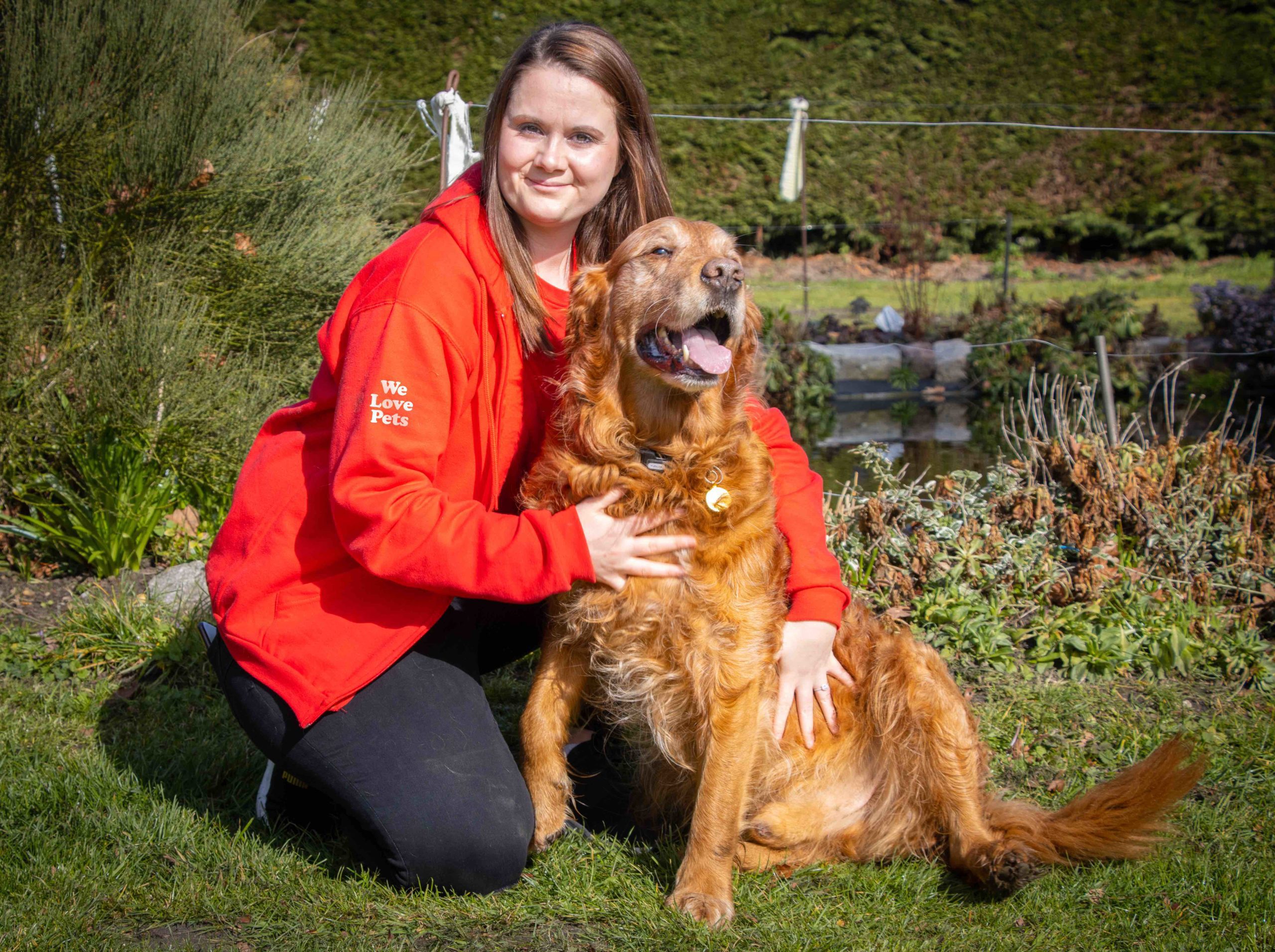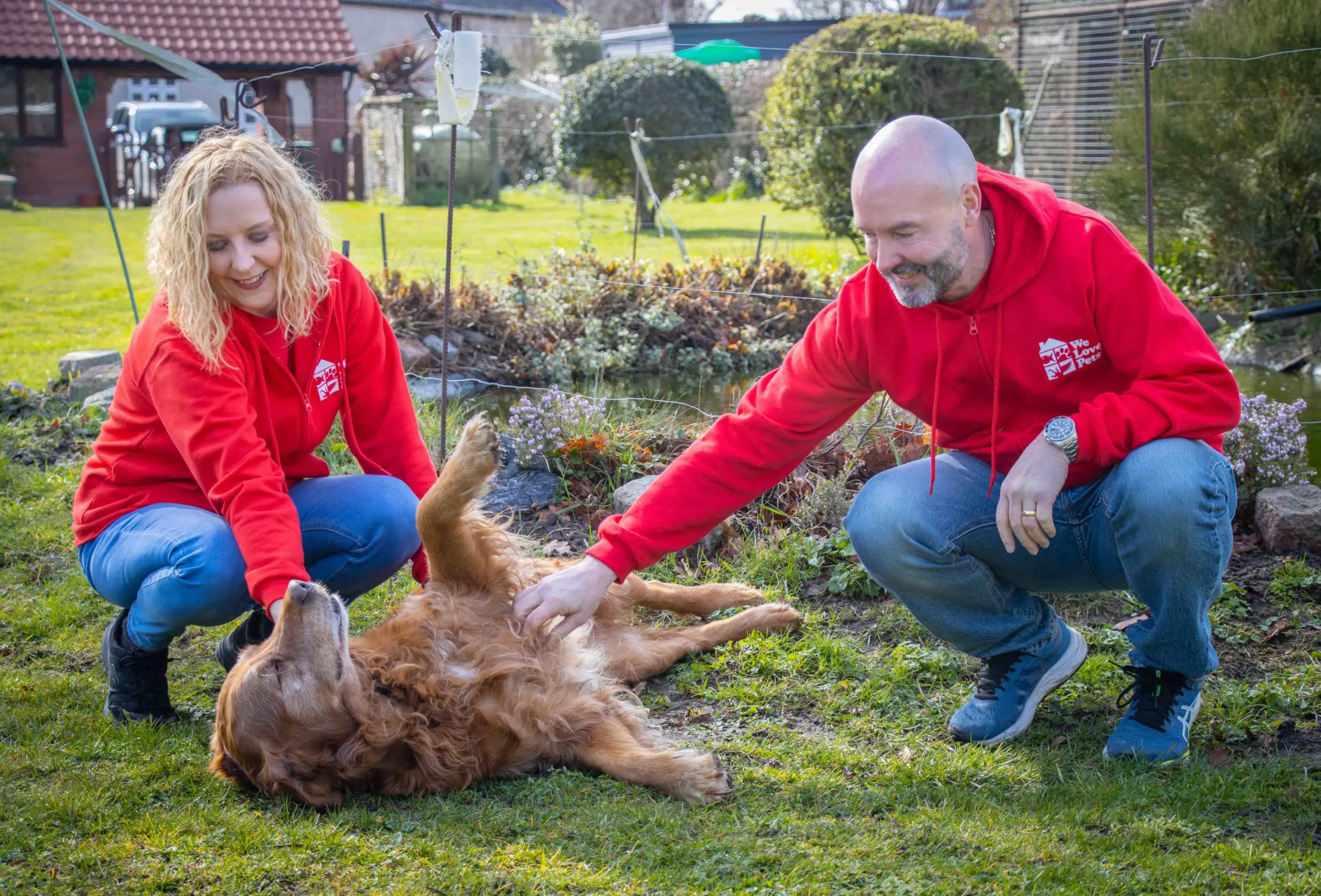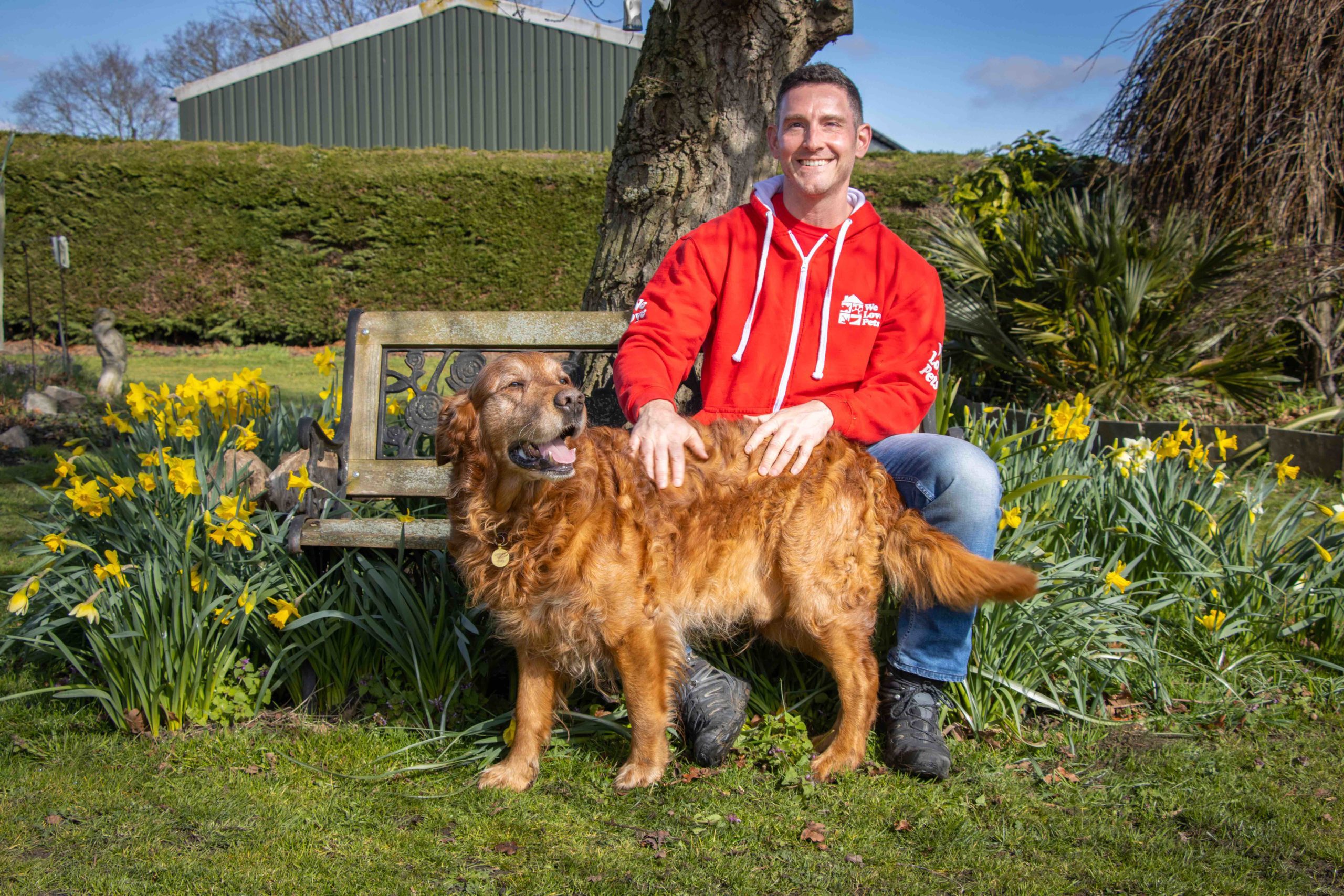Keeping Your Pets Safe at Christmas – 10 things to watch out for
Christmas is a wonderful time, full of excitement and celebrations with the family. Here at We Love Pets our vet nurse Jodie advises pet owners to watch out for a few winter hazards, to make sure their pets have a safe and fun filled Christmas too!
1. Christmas Trees
These look beautiful all decorated and covered in lights, but to a dog they can be quite a problem. The trees themselves come in two types, the natural and the artificial.
Natural trees are mainly non-toxic but may cause mild vomiting or diarrhoea if chewed. However it is often the needles that cause the problem as these can get stuck in a dog’s paw or their digestive system.
Artificial trees present a different hazard. They are usually made of either plastic or foil, which are indigestible for your pooch or anyone else for that matter. Fortunately they don’t smell or taste very appealing but it is best to keep your dog away from them anyway.
A simple precaution is to put a fireguard or baby gate around the tree to keep inquisitive animals at bay, or invest in a smaller version that can be put out of reach. Regular hovering up of the pines will also minimise problems.
2. Holly, mistletoe and poinsettia
While we’re on the subject of festive foliage all of these are mildly toxic if eaten so keep them well out of reach or avoid using them altogether.
3. Decorations
To dogs, and other animals, the brightly coloured baubles we use for decoration look like playthings and they may try and chew them. If they are made of glass this can be quite dangerous as they can splinter into shards that will cause irritation and the glitter on the surface can be toxic if licked.
Tinsel too presents a risk mainly because it looks so much fun to play with. Dogs will eat it like spaghetti, which can ball up in their stomach and cause a blockage.
4. Christmas presents
If you are tempted to wrap up a box of chocolates and leave it under the tree for Christmas morning – don’t. You may have forgotten which one it is but almost certainly your pet will be able to sniff it out.
Dogs also like a good game of hide and seek, they are always nosing around looking for something interesting, so avoid hiding presents around the house especially anything edible.
It’s not just up to Christmas you need to be careful. After the frenzy of unwrapping on Christmas Morning everyone usually settles down to Christmas Dinner, leaving all the presents strewn across the living room floor. What an irresistible temptation! Don’t forget too that to a dog, children’s toys look like brightly coloured bones or tasty treats and if these have easily detached parts they can become stuck.
It is always best to make sure your beloved pet is kept out of the living room when you are not there.
5. Batteries
Sad to say these days that many children’s toys (and adult presents too) come with batteries and these are highly toxic to animals. We often buy some spares, which we include with the gifts just in case they pack up before Boxing Day. Again to a dog these look like appetising morsels if only they can get them out of the packet – which they can usually achieve in 10 seconds flat! Make sure you round up any spare packs of batteries before leaving your dog alone and never leave loose ones on the floor.
6. Christmas Dinner
It is never really a good idea to feed your dog leftovers as in general; it will be richer, higher in fat and often spicier than dog food. They are particularly susceptible to salt, onions, garlic and some herbs including chives so beware of filling up their bowl after you’ve finished. The same goes for turkey bones, which can easily find their way into leftovers.
7. Fruit & Nuts
One of the staples of Christmas entertaining, bowls of these dotted around the lounge can be a real risk to your pet. Grapes, currants, raisins and sultanas contain toxins that are potentially lethal to dogs whilst peanuts and the increasingly popular Macadamia nuts can often cause an upset tummy and sometimes weakness and tremors. You will also find many of these in Christmas Puddings and cakes too, so keep them well out of reach.
8. Alcohol
While we’re on the subject of puddings and cakes another no-no for pets is alcohol. Not just the sort you pour into a glass or have over the Xmas pud, but also the stuff that is found in perfumes, aftershaves, colognes and antiseptic preparations such as mouthwashes. The villain of the piece is Ethanol, which extremely toxic to dogs and cats and it is the quantity that the items contain that affects the level of risk. For example Methylated Spirit is 95% ethanol and even alcoholic drinks can contain between 20 to 60%.
9. Chocolate
This is probably the most commonly found danger at Christmas, really – who doesn’t like a chocolate treat. The problem is that it contains large amounts of caffeine and theobromine, which dogs do not tolerate well. The higher the cocoa content the more dangerous it is, so dark chocolate is a much higher risk – and don’t forget cakes, sweets and biscuits containing chocolate either.
10. Crackers & Fireworks
Because of their acute sense of hearing even the bang of a cracker can be very disturbing to a dog. Keep them well away from the noise and if you are going to celebrate with some fireworks, keep them in the house preferably in a place where they feel safe and secure with some of their favourite toys.
Finally Christmas is a time for visiting friends and family. The arrival in their home of strangers can be quite unsettling for a dog, even if you know them well they can pose a threat for your dog. Make sure you introduce any new arrivals to your dog to let them know that you approve of their presence. The worst thing you can do is to banish your pet from their usual space – it will confuse them and can be very stressful.
We hope that these tips can make it a very Merry Christmas for you and your pet and remember, if the worst does happen, contact a vet immediately and, wherever possible, get as much information as you can of what your dog may have eaten or come into contact with.




